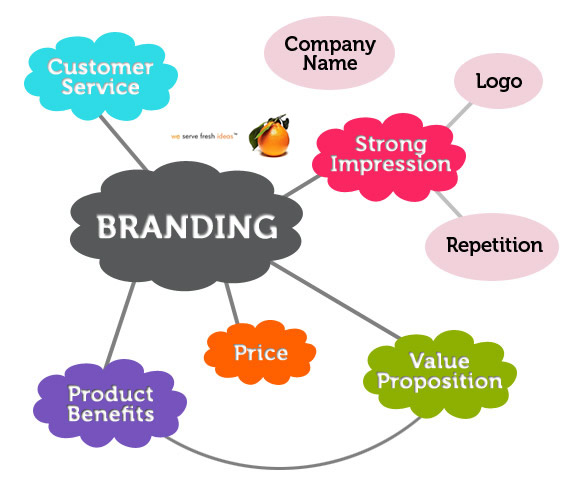How to Create Your Brand
- 411.ca
- September 9, 2011
- 0 Comments

 When I think of the word “branding”, I think of logos, websites, and business cards. A brand is what I, as a consumer, see and buy. But it’s more than just a fancy design—it’s the whole of a company’s ideas, what distinguishes you from every other generic business out there, and it’s how consumers see your company, or product or service. Everything your business does, from its logo design to its advertisements, contributes to establishing your company’s brand. With so much riding on your business, how do you effectively build your brand? Here are my top four suggestions:
When I think of the word “branding”, I think of logos, websites, and business cards. A brand is what I, as a consumer, see and buy. But it’s more than just a fancy design—it’s the whole of a company’s ideas, what distinguishes you from every other generic business out there, and it’s how consumers see your company, or product or service. Everything your business does, from its logo design to its advertisements, contributes to establishing your company’s brand. With so much riding on your business, how do you effectively build your brand? Here are my top four suggestions:
1) Find Your Audience.
Who is most likely to use your product or service? Once you’ve figured out who your target audience is, you want to know everything there is to know about them including their age, sex, income, and most importantly, their particular needs and pains in your product or service category. Targeting a consumer group allows you to gear your brand message to a specific market—a market that’s more likely to buy from you.
2) Mining for Insights
Once you’ve gathered the necessary information about your target audience, you can use that information to make a better product or provide a better service for those customers. You can also use these insights in your brand messaging by explaining how your product is better than the competiton. Marketers call this a “unique selling proposition” or USP. For example, Apple realized that people were experiencing a lot of difficulty using computers, so they built a brand around easy-to-use computers. Joe Fresh noticed that people didn’t have time to go shopping, but did have time to do groceries, so they decided to sell inexpensive clothing that you can buy while getting your groceries. Lululemon realized that yoga wear didn’t have to be unfashionable, and built a brand entirely around stylish and flattering yoga-wear.
3) Find Out What Message You Want to Send Out
When I think of Apple, I think “innovation”. Kellogg’s, “balanced breakfast”. Tim Hortons, “always fresh, always delicious”. When someone thinks of your company or product, there should be a clear message that stands out, and that message should be easy to understand. It should also be deliverable. Don’t say that you’ll be great a customer service if you don’t intend on ever answering the phone.
4) Create Your Image
Every font, color, and design layout you create establishes your company’s personality and image. First, you want to create an image that’s memorable. For example, when I see Emerald Green text in bold Arial writing, I automatically think “Starbucks”, and 9 out of 10 times, I’m right. Second, remember to target your specific audience. If your brand is sportswear, having a corporate-financial-looking website will probably not help you sell your product. If you’re selling legal services, a bright and fun coloured website will probably give off a vibe that you’re not serious. Finally, once you’ve established your image, be consistent. Remember that you want your brand to be the same across all platforms so you don’t want to have a different logo on your business card than you have on your website. Consistency is integral to building a strong brand.
Finding your audience, mining for insights, discovering the message you want to send out, and creating your image are the building blocks to a great brand. Remember that your brand may not work out the first time, so find out what your customers want and need, and rework your branding so it fits them.
Related Posts
- December 8, 2015
Social media has changed the way businesses promote their brand, ...
- August 6, 2015
It’s no secret that people are happy to search for products and ...
- August 10, 2011
All companies make mistakes. But a blooper seen by millions comes ...
- June 3, 2011
Even if you’ve never visted an online casino before in your ...
About 411dotca Blog
Ideas, recommendations and tips for connecting with local businesses in Canadian neighbourhoods.
#LocalsLoveUs
Subscribe to our blog
411dotca Facebook
DISCLAIMER





